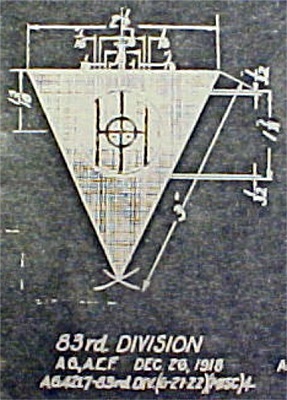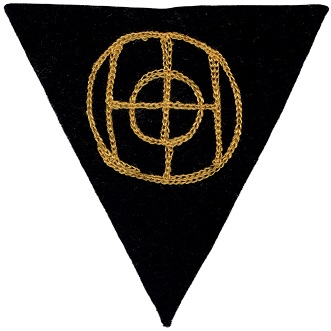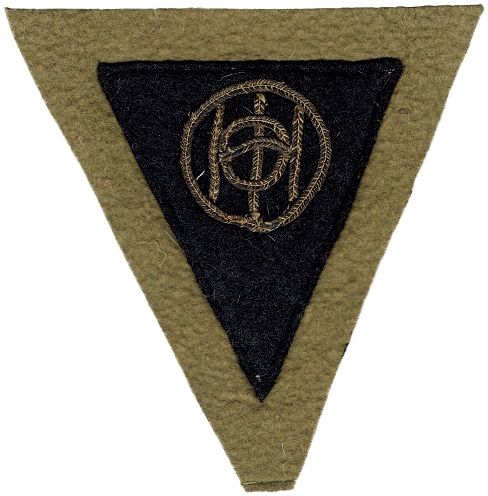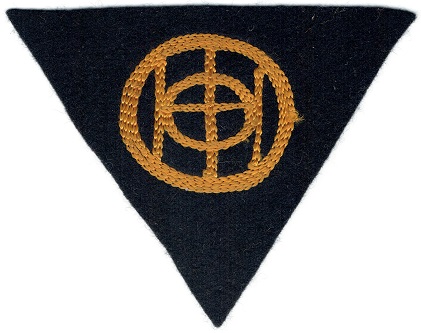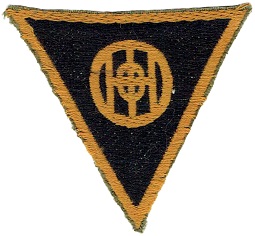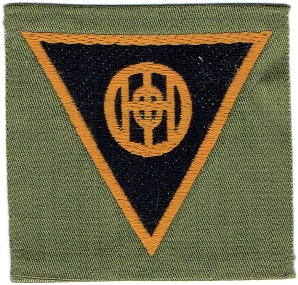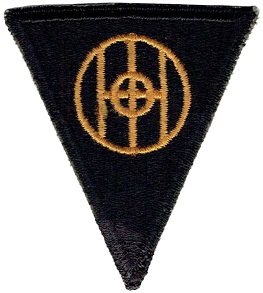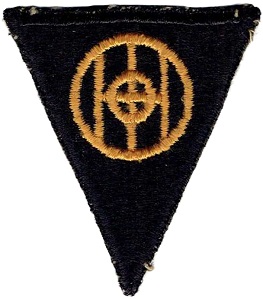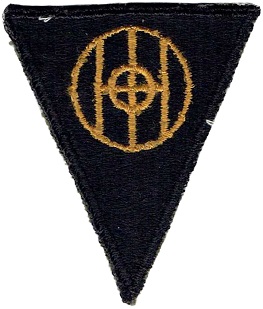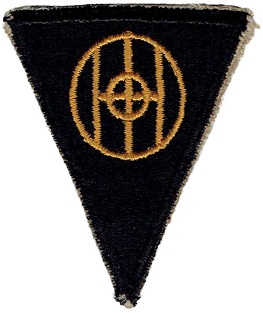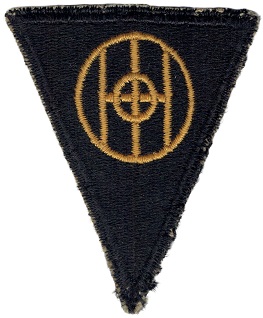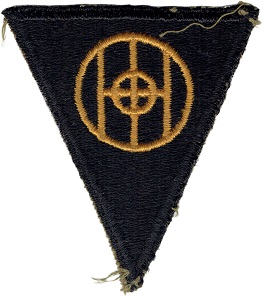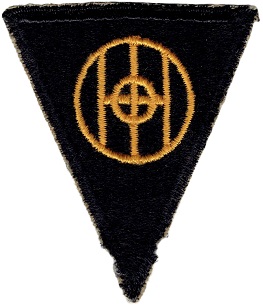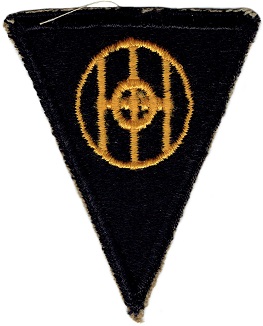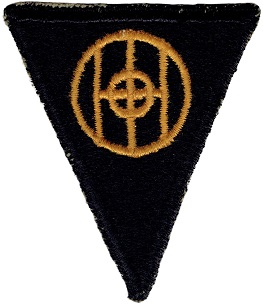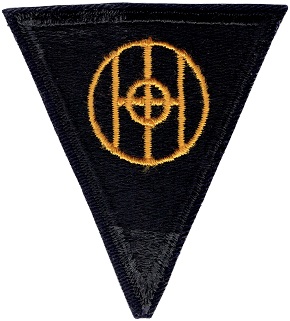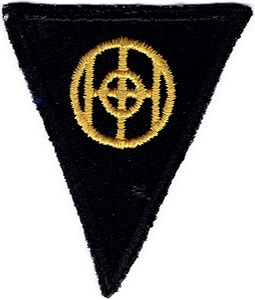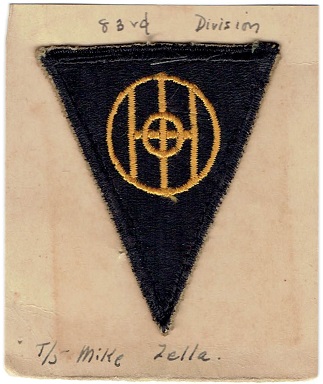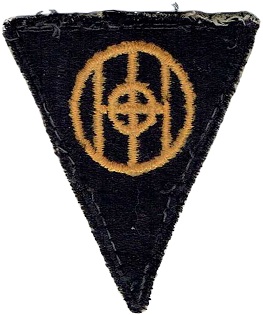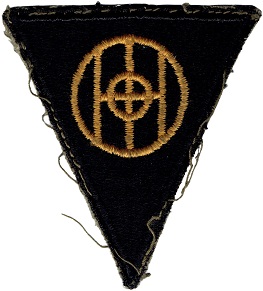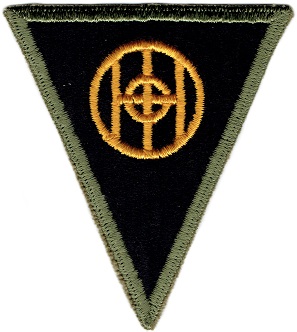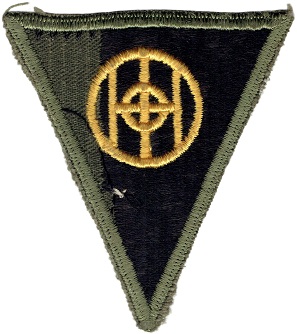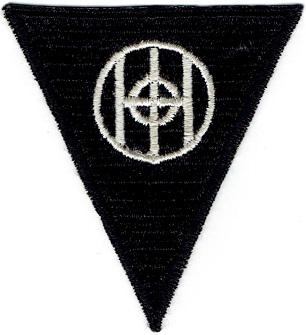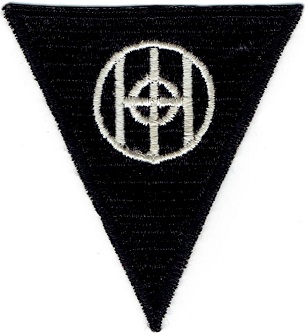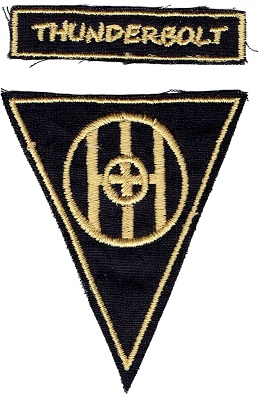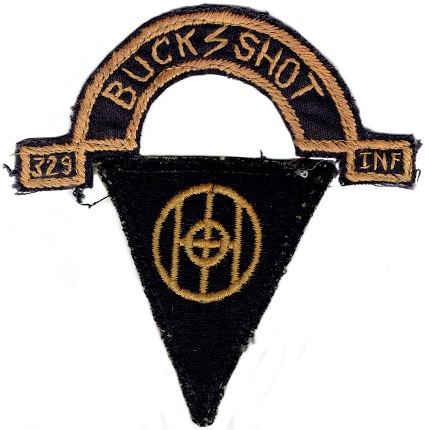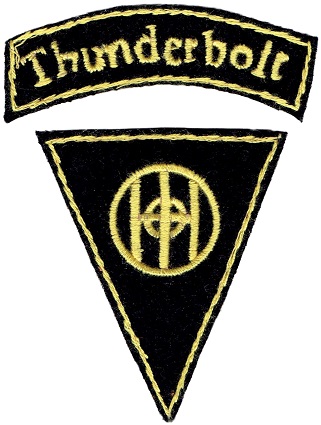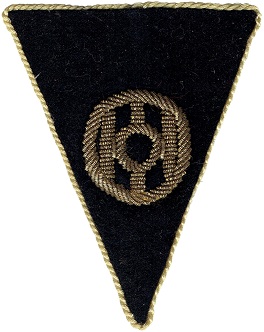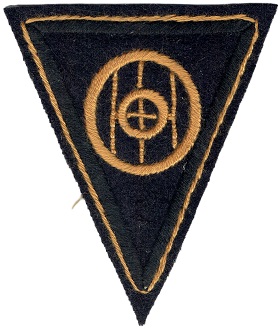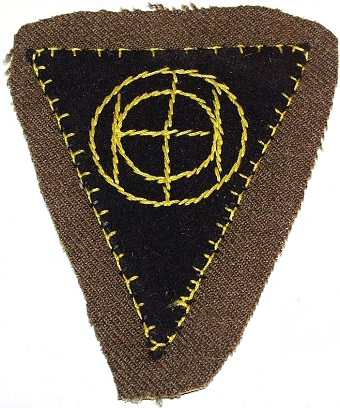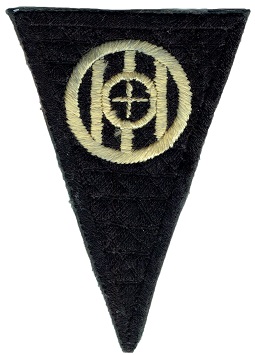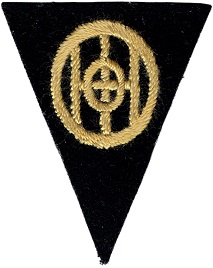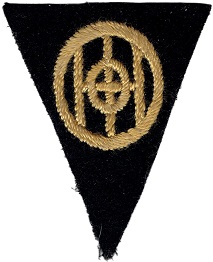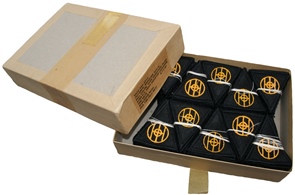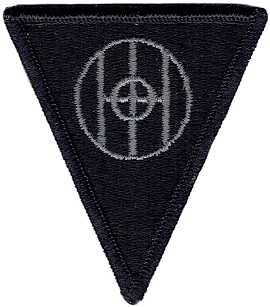|
Period 1 - World War One and Interwar The first division shoulder patches came into being in the summer of 1918 when members of the 81st (Wild Cat) Division began to wear their adopted Division symbol on their uniforms. Members of the 81st wore their distinctive patches (in the form of cloth patches sewed to the left shoulder of their uniforms) as they passed through the port of embarkation at Hoboken NJ on their way to France. The port commander sent a query to the War Department questioning its authorization. By the time the War Department responded that it was NOT authorized the entire Division had already embarked. Upon arrival in France the unauthorized unit designation had been reported to the AEF General Headquarters. GHQ directed the Division commander to have it removed.. Against direct orders, the Division commander (feeling it contributed to the esprit de corps of his men) authorized its continued use. Afterwards, GHQ recanted its orders and officially ordered that all COMBAT units who desired to wear such an emblem could do so. This breakthrough soon led to an amendment where all organizations within the AEF could do so due largely to the positive effect of the shoulder sleeve insignia upon moral. It was quick to catch on and soon afterwards a multitude of cloth insignia began to appear on coat and overcoat sleeves. The AEF GHQ was still supposed to approve the chosen emblem but as evidenced by the wide range of period non official patches found on surviving uniforms this authorization met with limited success. However, most authorizations for shoulder patch design did not come into play until after the Armistice. |
|
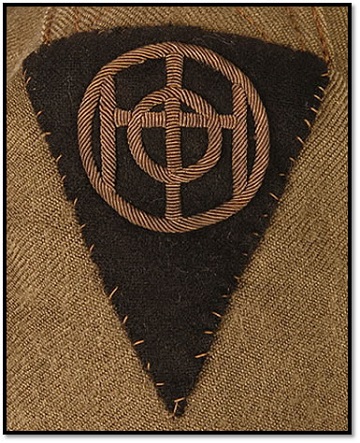 |
||
| Chain stitched on a Wool Felt |
Multi piece patch
with a Gold Bullion Cord on Black velvet, |
Gilt Bullion embroidered on Black Wool |
 |
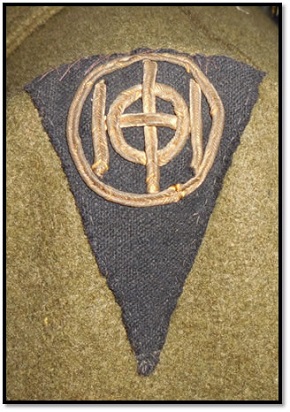 |
||
Gold Bullion Cord on Black Wool Felt (matched pair) |
Gold Bullion Ribbon on Black felt (matched pair) |
||
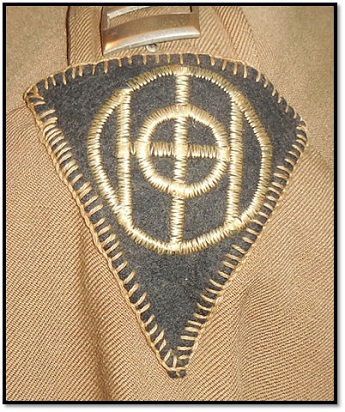 |
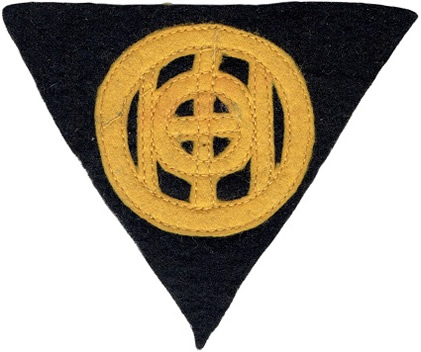 |
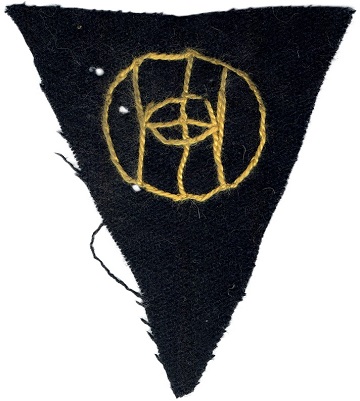 |
Enbroidered patch on a WW1 Officer's uniform coat converted to match the
M-1926 design. |
Multi piece felt on felt construction | Handmade wool chain on Wool Felt |
 |
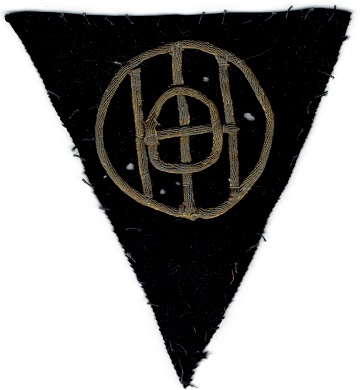 |
|
Multi piece patch, Chain stitched on Black velvet, |
Chain stitched on Black velvet | Gold Bullion Cord on Black velvet |
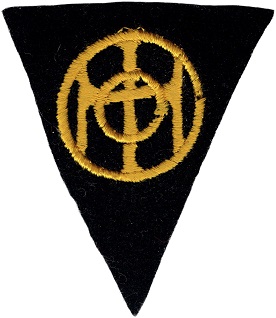 |
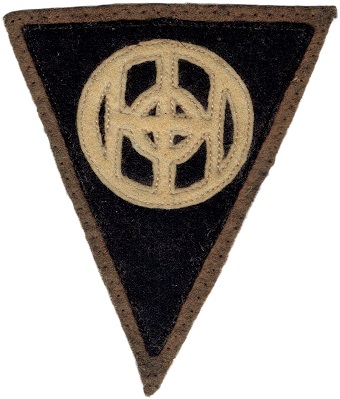 |
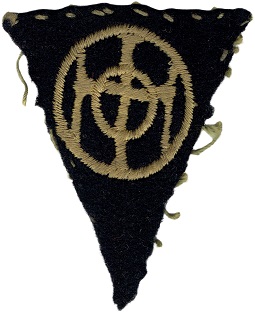 |
Embroidered on felt |
Multi piece felt on felt construction, stitched on OD wool background French Made |
Embroidered on felt |
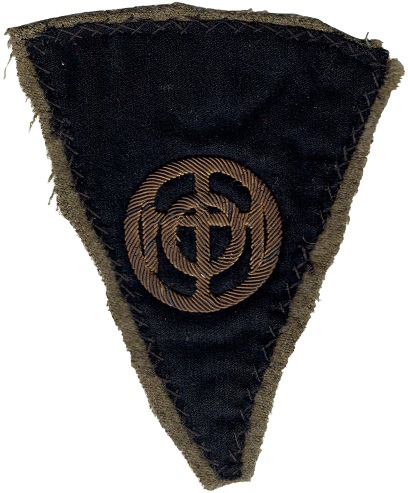 |
||
Gilt Bullion embroidered on Black Wool |
|
|
|
|
Period 2 - World War Two and Early Post War (1946's) These patches are all fully embroidered US made examples. The different characteristics are not poignant enough to merit their own (sub)type and can easily be contributed to different manufacturers. All these patches are fully embroidered on a cotton twill backing showing embroidery styles common to the World War 2 era. The main distinction will be made between patches showing a white and a green/OD back thread. I have not yet seen another color back thread for the 83rd Infantry Division patch. |
|
Heavily worn out US Made example |
off uniform, has remains of wartime PX price tag from Camp Atterbury on the back |
|||
Black base material |
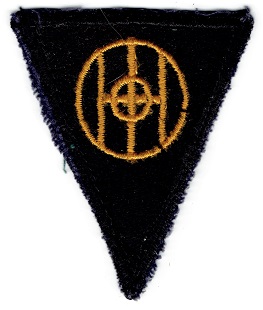 |
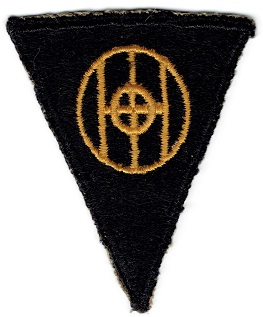 |
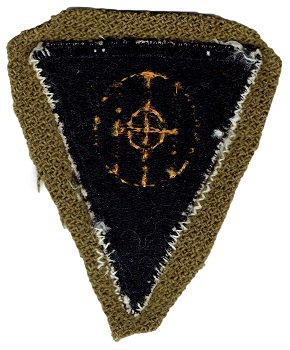 |
|
Blue base material |
Cut from a patch blanket, |
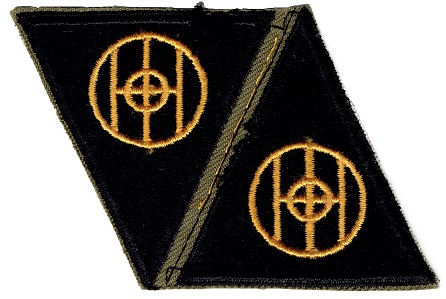 |
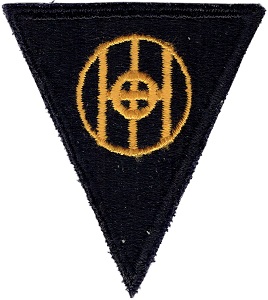 |
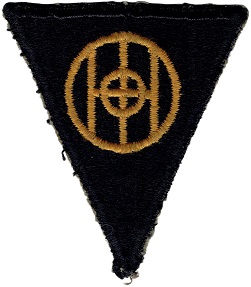 |
Uncut pair of patches |
from 83rd veteran Mike Zella |
from 83rd veteran George F. Studor |
from 83rd veteran George F. Studor |
|
Unfinished top border |
Unfinished top border and frayed |
Missing threads right of the H |
Missing threads top right |
Missing threads top right |
Horizontal bar of H runs over the full width of the big O |
|
|
Missing threads top left |
|
|
|
|
Wool chain embrodered on Wool Felt and matching "Thunderbolt" tab |
Bullion Made patch |
Wool chain embrodered on Wool Felt |
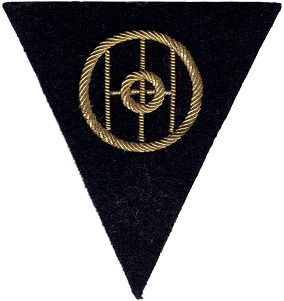 |
||
Bullion Made patch |
|
Period 3 - Post World War Two Patch manufacturing did not change drastically in 1945 so patches made prior and after that date show comparable charcteristics. Until 1968, when merrowed edge was introduced patches kept being manufactured as cut-edge patches. The only changes made in the manufacturing process are the materials. No WW2 manufactured patches show a quality difference in the back and main thread, post WW2 patches on the other hand sometimes have a nylon kind of view, despite being rayon, this can be seen in the following examples. |
|
|
Type 4A - Full Color Merrowed Edge with typical pigtail 1969 period copy Fully embroidered came from an original Box, dated 1969, with 200 patches |
Type 4B - Subdued Patch Merrowed Edge with typical pigtail 1961-1975 period copy, fully embtoidered no plastic back, Olive Drab OHIO lettering |
||
|
|
|||
